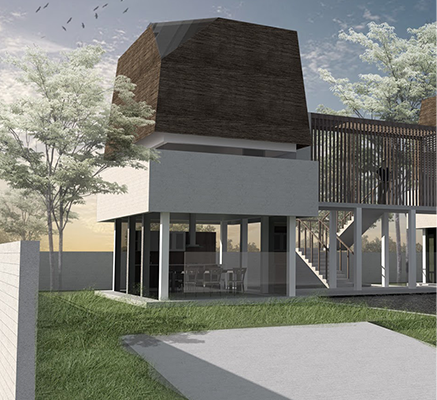
The emergence of smart buildings represents a paradigm shift in the construction industry, ushering in a new era of connectivity, efficiency, and sustainability. In this blog post, we explore the revolutionary concept of smart buildings and the transformative impact of IoT (Internet of Things) and automation technologies on the built environment
Understanding Smart Buildings: What exactly are smart buildings, and how do they differ from traditional structures? Delve into the concept of smart buildings, which leverage IoT sensors, data analytics, and automation to optimize building operations and enhance occupant comfort and productivity.
Key Components of Smart Buildings: Explore the essential components that make up smart buildings, including IoT sensors for monitoring environmental conditions, building management systems for controlling HVAC and lighting systems, and integrated platforms for centralized data management and analysis.
Benefits of Smart Buildings: Discover the myriad benefits of smart buildings, from energy efficiency and cost savings to improved occupant satisfaction and sustainability. Learn how smart buildings contribute to reduced energy consumption, lower operational costs, and a healthier indoor environment.
Challenges and Considerations: While smart buildings offer significant advantages, they also present unique challenges and considerations. Explore issues such as cybersecurity risks, interoperability challenges, and the need for standardized protocols and regulations to ensure the seamless integration of smart building technologies.
Future Trends and Opportunities: The future of smart buildings is bright, with ongoing advancements in IoT, artificial intelligence, and data analytics poised to drive further innovation. Learn about emerging trends such as predictive maintenance, personalized occupant experiences, and autonomous building management systems that promise to revolutionize the built environment.
Smart buildings represent the future of construction, offering unparalleled levels of connectivity, efficiency, and sustainability. By embracing IoT and automation technologies, construction professionals can create buildings that are not only smarter and more responsive but also more resilient and adaptable to the evolving needs of occupants and society.